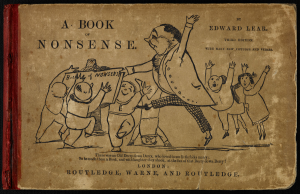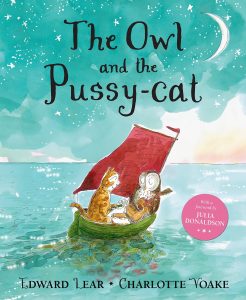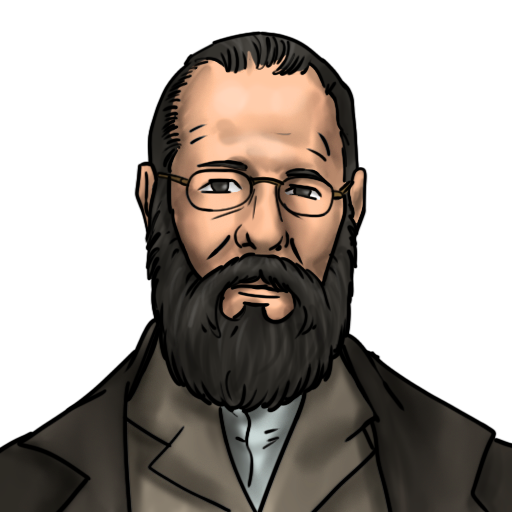
Edward Lear was born in the bustling city of London, England, on May 12, 1812. With a natural talent for drawing, painting, and writing, Edward would grow up to become one of the most beloved humorists and poets of the 19th century. Best known for his limericks and nonsensical poetry, Edward Lear made a lasting impact on the world of children’s literature and inspired generations of readers to embrace the joy of laughter and the power of imagination.
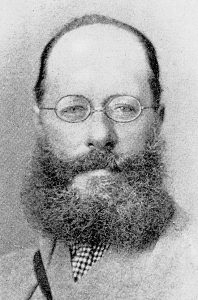
A Man of Many Talents
Edward Lear was a multitalented artist who excelled in various creative fields. As a young man, he worked as a professional illustrator, drawing animals, birds, and landscapes. His keen eye for detail and his artistic talent led him to create some of the most celebrated illustrations of his time.
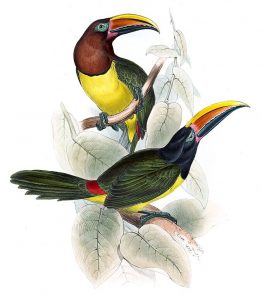
In addition to his work as an illustrator, Lear was a skilled musician, composer, and writer. He had a unique ability to find humor in everyday situations, and he used his words and melodies to bring laughter and joy to his readers and listeners.
The Birth of Nonsense
Edward Lear’s most enduring legacy is his nonsensical poetry, which he began writing for the amusement of his friends and their children. His first collection, A Book of Nonsense (1846), introduced the world to his quirky, imaginative verse and the now-famous limerick form.
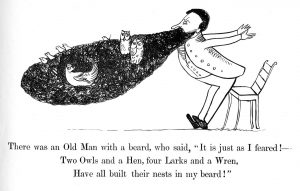
Lear’s limericks were characterized by their playful language, absurd situations, and humorous illustrations. Some of his most famous limericks include “There Was an Old Man with a Beard” and “There Was a Young Lady of Ryde.” His poetry delighted both children and adults, breaking the boundaries of traditional verse and inviting readers to explore the world of nonsense.
The Owl and the Pussycat
One of Edward Lear’s most enduring and well-loved poems is “The Owl and the Pussycat.” This charming narrative poem tells the story of an unlikely pair of animals who set sail on a romantic adventure. The poem’s delightful imagery, engaging rhythm, and whimsical language have made it a timeless favorite among children and adults alike.
Inspiring Generations of Readers
Edward Lear’s nonsensical poetry has left a lasting impact on the world of children’s literature. His playful verse and illustrations have inspired countless writers and artists, including Lewis Carroll, Dr. Seuss, and Shel Silverstein.
Lear’s work continues to resonate with readers of all ages, reminding us of the importance of imagination, laughter, and the joy of language. His poetry encourages us to embrace the nonsensical, to find humor in the everyday, and to celebrate the power of words.
Remembering Edward Lear
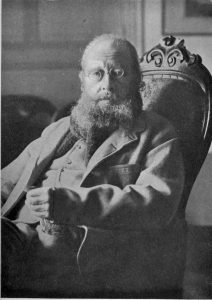
Edward Lear passed away on January 29, 1888, but his legacy of laughter and delight lives on. Today, let’s celebrate the life and work of Edward Lear by reading one of his limericks, sharing “The Owl and the Pussycat” with a friend, or simply embracing the joy of nonsense in our own lives. Through his wit and whimsy, Edward Lear continues to bring joy to people around the world.
- Enhancing ESL Fluency Through Children’s Poetry - July 24, 2024
- Sensory Poetry Lesson Plan: Bringing Poems to Life Through the Five Senses - July 17, 2024
- The Power of Rhythm: How Poetic Meter Enhances Memory and Recall - July 10, 2024

